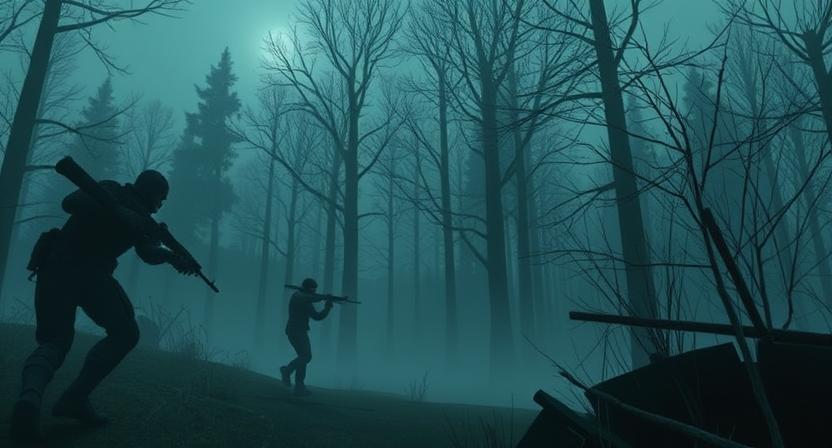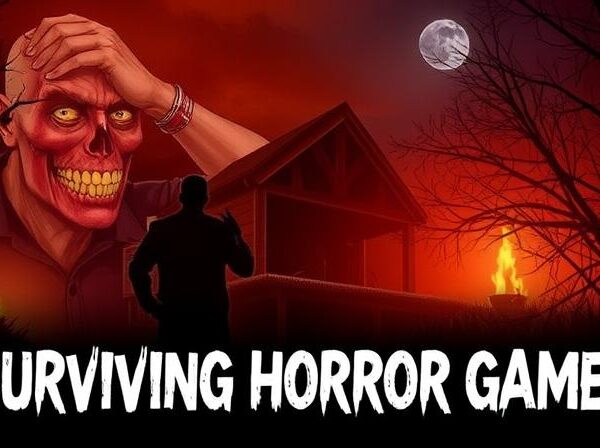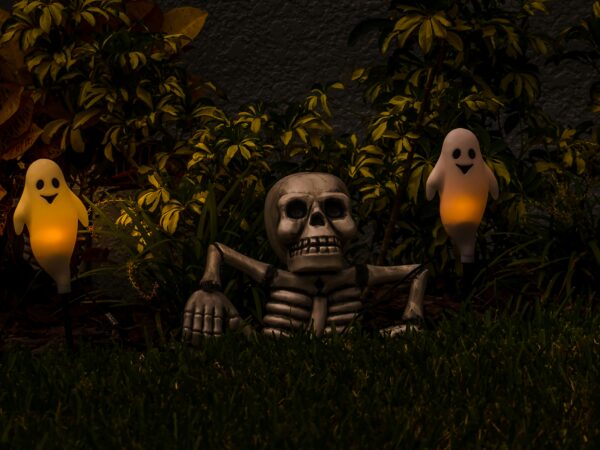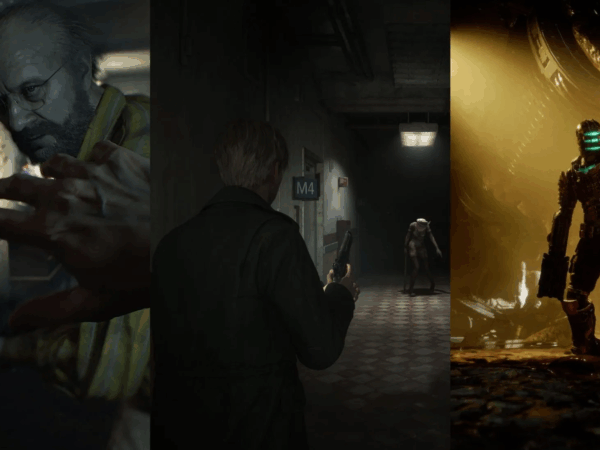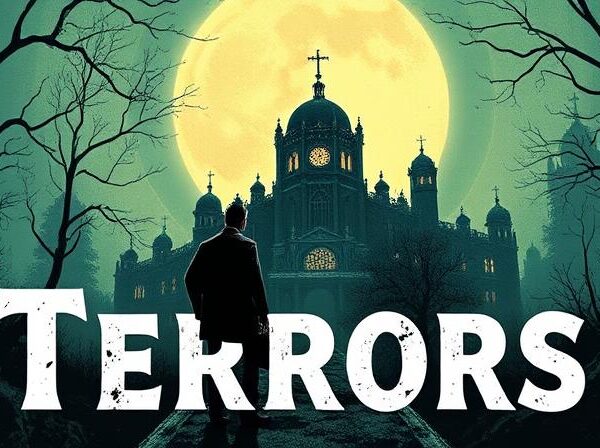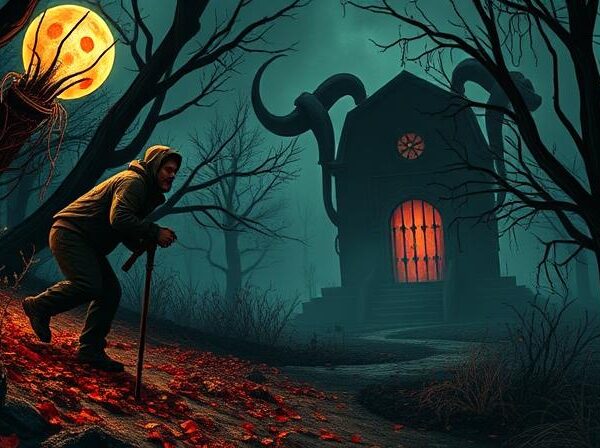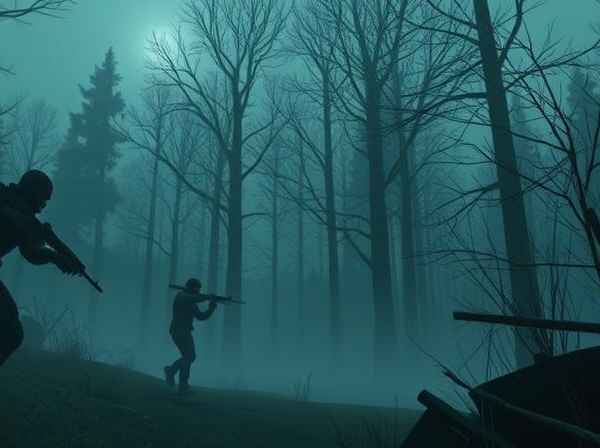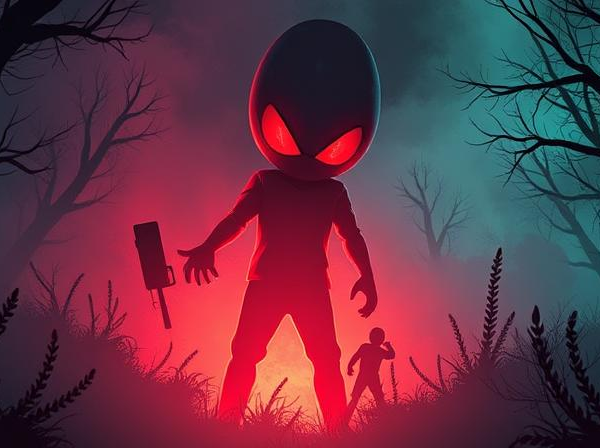Mastering Survival Tactics in Horror Games
Understanding the Horror Genre in Gaming

Horror games have become a popular genre within the gaming industry. These games offer players a unique and thrilling experience, often combining elements of suspense, fear, and the supernatural. By immersing themselves in these virtual worlds, players are able to step into the shoes of the protagonist and face their worst fears head-on.
One of the key aspects of understanding the horror genre in gaming is recognizing the different subgenres that exist within this category. From survival horror games that focus on resource management and limited combat capabilities, to psychological horror games that mess with the player’s perception of reality, each subgenre brings its own unique challenges and atmosphere. By understanding these distinctions, players can tailor their gaming experience to their personal preferences and find the games that truly deliver the scares they are seeking.
Analyzing the Different Types of Horror Games
When it comes to horror games, there is a wide array of options available to players, each with its own unique style and approach to delivering scares. One of the most popular types of horror games is the survival horror genre. In these games, players are often placed in hostile environments, where their main objective is to survive by managing their resources and avoiding or defeating terrifying enemies. These games emphasize suspense and psychological horror, immersing players in tense and atmospheric settings.
Another type of horror game is the psychological horror genre. These games focus on the psychological aspect of fear, often delving into the twisted inner workings of the human mind. In these games, players are often faced with mind-bending puzzles and eerie scenarios that test their sanity. The emphasis is on creating a sense of unease and uncertainty, leaving players questioning their own perceptions and reality. These games can be deeply unsettling, provoking fear through psychological manipulation rather than relying solely on jump scares or monsters.
Recognizing the Importance of Resource Management
Resource management is a crucial aspect of horror games that often goes unnoticed. In these games, players are faced with limited supplies, ammunition, and healing items, which adds an additional layer of tension and challenge. It becomes essential to recognize the importance of rationing these resources wisely, as making careless decisions can quickly lead to a game over screen.
Careful allocation and preservation of resources can mean the difference between survival and being overwhelmed by the horrors of the game. Players must learn to prioritize their needs, deciding when to use healing items, when to save ammunition for more challenging encounters, and when to conserve other supplies for future use. This delicate balancing act creates a sense of scarcity and vulnerability, heightening the tension and immersing players in the game’s atmosphere. By recognizing the importance of resource management, players can better navigate the treacherous world of horror games, ensuring their chances of survival are maximized.
Navigating the Environment Effectively

When playing horror games, effectively navigating the environment is crucial to surviving and progressing through the game. The environment in these games is often dark, eerie, and filled with hidden dangers. To navigate effectively, one must first take the time to familiarize themselves with the surroundings. Pay attention to landmarks, pathways, and any interactive objects that could aid in your progression. Moreover, utilizing a map or a compass can be immensely helpful in guiding you through the treacherous terrain.
Utilizing Stealth and Concealment Techniques
Stealth and concealment techniques play a crucial role in enhancing the overall suspense and tension in horror games. The ability to silently navigate through dangerous environments and avoid detection from terrifying enemies adds a layer of challenge and excitement to the gameplay experience. As players carefully tread through shadowy corridors or stealthily hide behind objects, they become truly immersed in the heart-pounding reality of the game, constantly aware of the potential consequences of being discovered.
The effective utilization of stealth and concealment also serves as a survival mechanism in horror games. Instead of engaging in direct confrontation with formidable adversaries, players have the opportunity to use their wit and strategy to outmaneuver and outsmart their enemies. By analyzing enemy patterns and utilizing the surrounding environment to their advantage, players can move undetected and minimize the risk of losing valuable health or resources. This heightened sense of vulnerability creates a heightened sense of immersion, making each decision and movement feel crucial to survival.
Developing Effective Combat Strategies
When it comes to horror games, combat is often a crucial component that players must navigate successfully. While the primary focus of these games is usually on creating a terrifying and suspenseful atmosphere, combat sequences are designed to elevate the intensity and challenge players to confront their fears head-on. Developing effective combat strategies is essential for survival in these games, as they require quick reflexes, precise timing, and the ability to think on your feet.
One key aspect to keep in mind when engaging in combat in horror games is the limited availability of resources. Ammunition, health packs, and other supplies are often scarce, forcing players to make strategic decisions about when and where to engage in combat. Relying solely on brute force is not the most practical approach, as conserving resources for critical moments becomes crucial. It is important to assess the situation, determine the most effective weapons, and consider alternative ways of overcoming obstacles to ensure survival.
Managing Fear and Stress Levels

One key aspect of successfully navigating through horror games is managing fear and stress levels. The combination of eerie sound effects, dimly lit environments, and unexpected jump scares can easily send players into a heightened state of anxiety. It is important for players to find effective strategies to cope with these emotional challenges in order to progress smoothly and enjoy the game to its fullest.
One approach to managing fear and stress levels is to take frequent breaks during gameplay. Stepping away from the screen for a few minutes can help reset the mind and reduce the intensity of suspense and fear. Additionally, practicing deep breathing exercises can be incredibly beneficial in calming the mind and body, allowing players to feel more grounded and in control. It is also helpful to remind oneself that horror games are meant to be thrilling experiences, and embracing the fear can enhance the overall enjoyment of the game.
Solving Puzzles and Riddles in Horror Games
Solving puzzles and riddles in horror games is often a crucial element in progression and story development. These challenging brain-teasers not only engage players mentally but also add a layer of suspense and mystery to the gameplay. With a variety of puzzles and riddles to solve, players are encouraged to think creatively and critically, adding an extra dimension of excitement and satisfaction to their gaming experience.
In horror games, puzzles and riddles serve multiple purposes. They can act as gatekeepers, requiring players to solve them in order to unlock new areas or access essential items. Additionally, puzzles and riddles can provide vital clues and information, advancing the narrative and uncovering the dark secrets of the game’s world. These mind-bending challenges often require players to carefully observe their surroundings, gather clues, and connect the dots in order to decipher the solution. The sense of accomplishment that follows successfully solving a difficult puzzle or unravelling a complex riddle can be immensely rewarding, further immersing players in the gripping horror atmosphere.
Interacting with Non-Playable Characters in Horror Games
Interacting with non-playable characters (NPCs) is a crucial aspect of many horror games. These NPCs can be vital sources of information, providing players with clues, hints, and even warnings about the dangers that lie ahead. They often serve as a means of exposition, narrating the story and filling in the gaps of the game’s plot. Engaging in dialogues with NPCs allows players to immerse themselves further into the game world, building connections and gaining a better understanding of the challenges they face.
In horror games, however, interacting with NPCs can be a double-edged sword. While some may prove to be helpful allies, others may pose a threat to the player’s safety. These hostile NPCs can lurk in the shadows, masquerading as friendly characters before launching an unexpected attack. This uncertainty adds an extra layer of tension and fear to the gameplay, forcing players to approach every interaction with caution. Making the right choices during these encounters can often determine the player’s survival, making the element of trust a vital and nerve-wracking component of the horror game experience.
Enhancing Immersion and Atmosphere in Horror Games

Horror games are known for their ability to immerse players into terrifying and dark atmospheres, creating an intense sense of fear and suspense. One way to enhance immersion in horror games is through the careful design and attention to detail in the game’s environments. Creators work diligently to craft atmospheric settings that evoke a sense of foreboding and unease, drawing players into the world and making them feel like they are truly part of the horror. From dimly lit corridors to eerie sound effects, every element is meticulously designed to create a chilling atmosphere that keeps players on edge throughout their gaming experience.
Additionally, the use of audio and visual cues plays a crucial role in enhancing immersion and atmosphere in horror games. For instance, subtle whispers, distant screams, and creaking floorboards can all contribute to the overall sense of dread and tension. Similarly, the careful use of lighting and shadows can create a foreboding atmosphere, making players constantly question what lurks in the dark corners of the game world. By leveraging these audio and visual techniques, game developers can effectively transport players into a terrifying environment that feels all too real, heightening the immersive experience and intensifying the horror.

